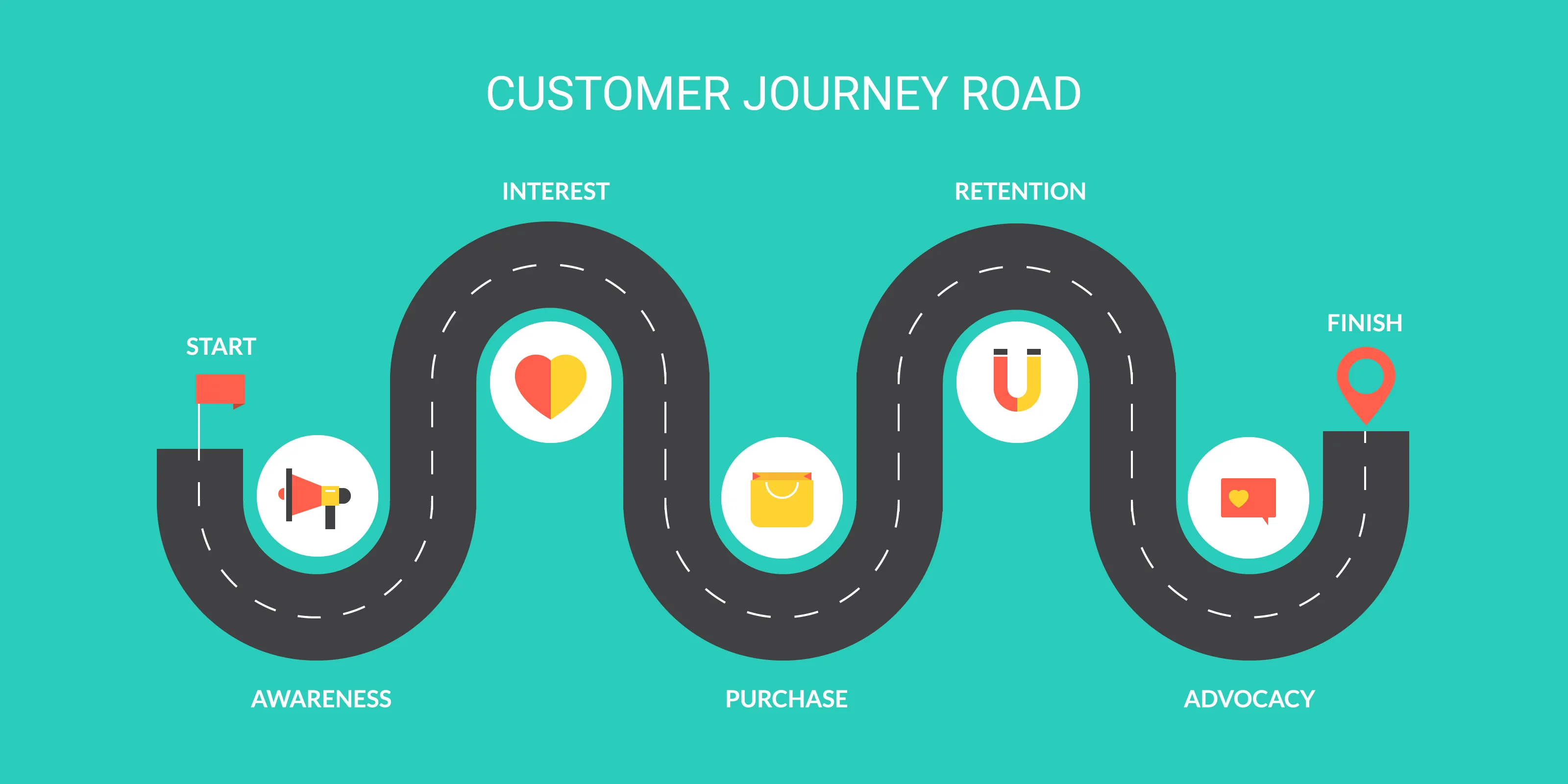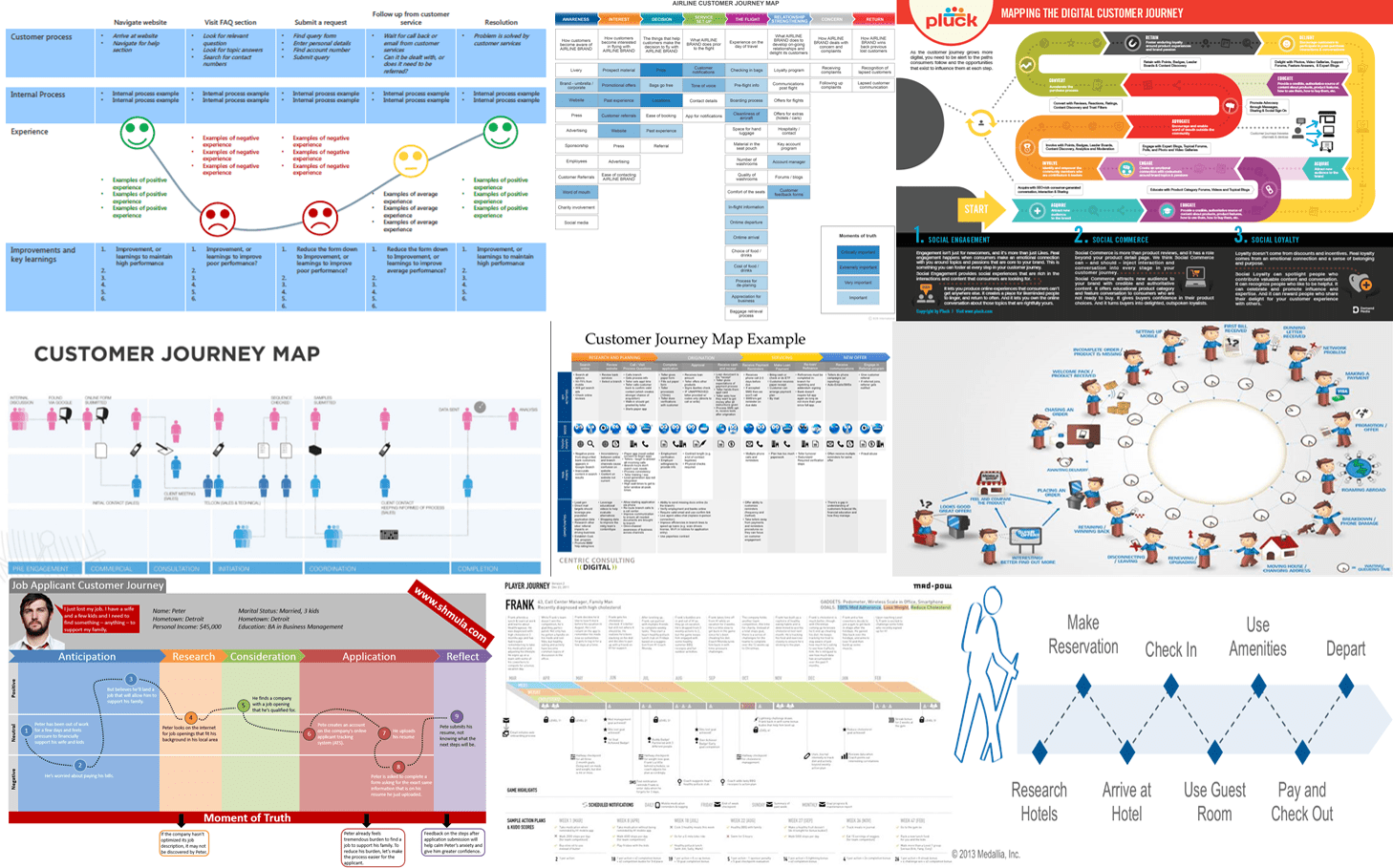

As with any profession, customer experience is defined by a number of competencies, tools, techniques and methodologies that are recognised and practised by thousands of specialists around the world. It is a challenging profession for a variety of reasons – largely because it is not ‘black and white’. There is no one way of doing anything when it comes to Customer Experience.
The art and skill of the Customer Experience Professional is knowing how to adapt and flex the tools, techniques and disciplines for any and every situation that faces them.
As a result, the Customer Experience discipline is most definitely not a tick, or checkbox exercise. Whilst it is tempting to use a multitude of tools and complete a whole series of tasks, like most things in life, let alone business, you do not do something simply for the sake of it.
From the creation of customer personas, to visions, missions and values, businesses spend so much time working on things with great intent, only to fail to actually use or apply them. Too often, we are lulled into the belief that things must be done, even if we do not quite understand exactly what it is we are supposed to be doing with the things we create.
One of the greatest examples of this in the world of Customer Experience is with Customer Journey Mapping. An exercise that organisations are becoming increasingly and consciously aware of, it is astonishing just how many business have been involved with them over the last few years. Just a simple ‘Googling’ of the words ‘Customer Journey Map’, returns a whole series of beautiful pictures!

A collage of customer journey maps.
Some are simple. Some are complicated. There is no one way of doing it. However (there is always one of those), the process of customer journey mapping is much misunderstood. Most organisations are creating customer journey maps – with great discipline and vigour.
Yet what is becoming clearer and clearer over time, is that despite the process of ‘mapping’ becoming more sophisticated over time (through the creation of prettier pictures), too few are using the mapping of the journey as one component of the art of customer journey management.
Creating a visualisation of the customer journey (which is another description of customer journey mapping), is just one necessary activity to enable an organisation to have the ability to continuously and indefinitely manage the customer journey.
Creating beautiful pictures that become ‘corporate wallpaper’ is not the primary objective though! That is why I am actively encouraging – if not urging – organisations to stop talking about customer journey mapping – and instead use the term ‘customer journey management’.
So few businesses are using customer journey maps strategically – as a core part of the ongoing management of their organisation. Instead, they see the creation of customer journey maps as a task – something that is done once – never to be repeated again.
Failure to understand the true role of a customer journey map, is likely to deem the exercise of creating them completely worthless. In a world where no organisation has infinite resources to keep people busy conducting tasks for no particular reason, it is critical to ensure that the management of the customer journey becomes part of the way a business works. Everyone in the organisation – from the CEO to the front line – needs to know what the customer journey is and the role they play in delivering/improving it – continuously.
Managing the customer journey is not ‘black or white’, in the same way as any other tool or technique in the Customer Experience Professionals armoury.
However, if you want to embed the customer journey into the way your organisation’s works – to enable the continuous management of it – you should consider the following eleven questions.
What is clear from this list is that customer journey management is not just about mapping the journey. Management of the journey contains a whole series of activities, that if deployed effectively, will enable the continuous improvement of it.
If your organisation is not doing many of the things described in this post, then stop talking about customer journey mapping. Encourage your business to think about the continuous management of the customer journey – that simple change of mindset is likely to lead to you maximising the benefit of one of the core Customer Experience competencies.
This article was first published here by Ian Golding at Customer Experience Consultancy (republished with permission).
Join the newsletter to receive the latest updates in your inbox.